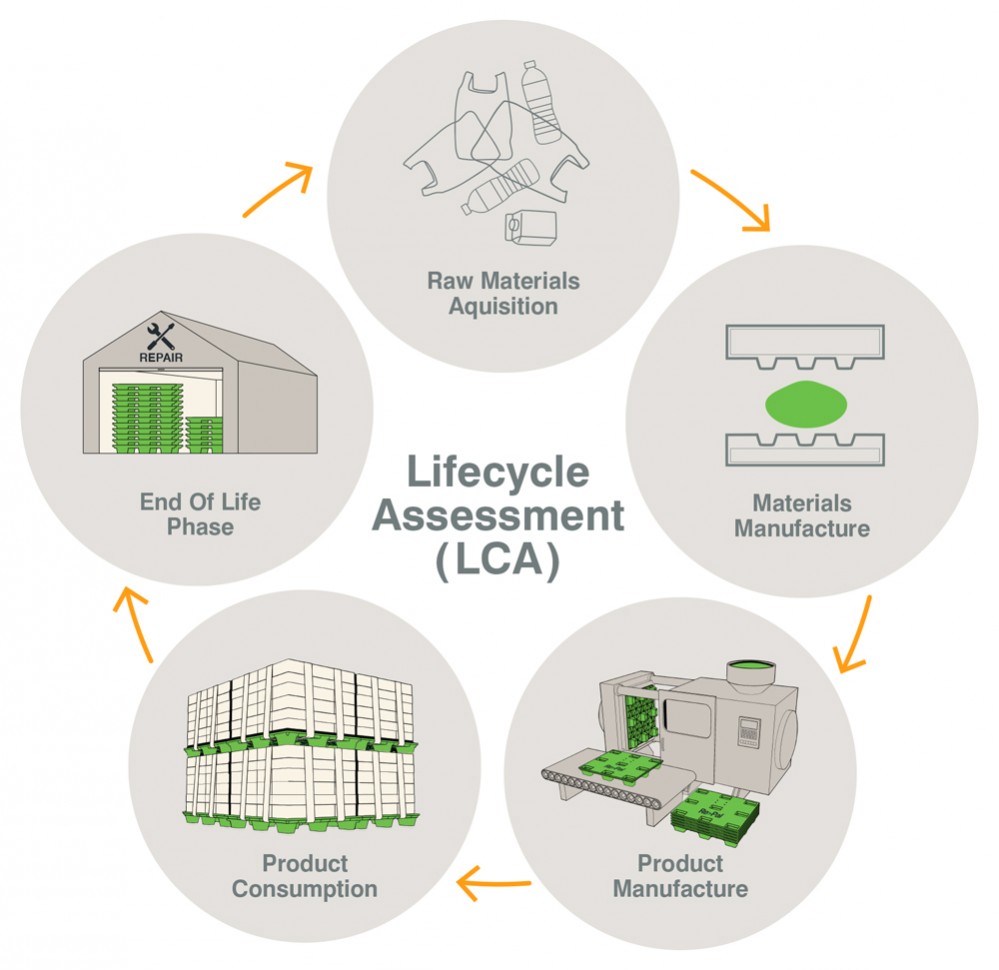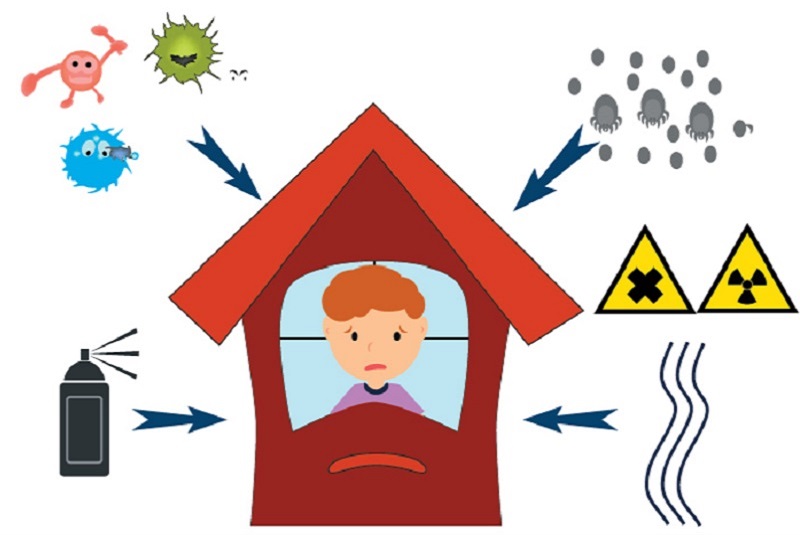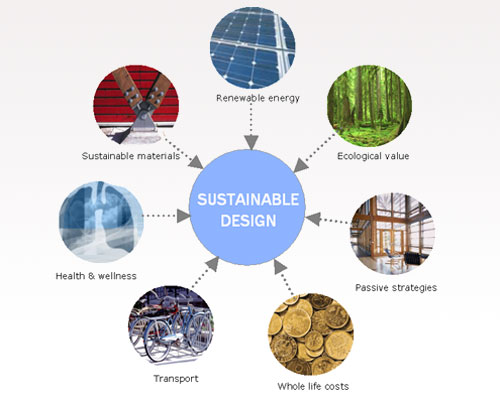Sustainability in architecture
The three fundamental pillars of thist sustainable architecture is that it has to be social, enviromental and economic.

legacy.iaacblog.com
For that it exists the circular economy, that focuses on the resource cycle and is based on the reuse, repair, remanufacturating and recycling of materials and products and is against the use of virgin raw materials.
But it also exists the green economy, that improves human well-being and social quality; reduces enviromental risks and is resource efficient. This type of economy involves the social dimension and the conservation of ecosistems.
These are the most well known ways to act susteinable:
- Our impact on nature systems musn’t exceed the carrying capacity of nature.
- The use of renewable resources musn’t exceed their rate of regeneneration.
- The use of non-renewable resources must be compensated by the production of renewable resources, which will eventually have to replace them.
- The emission into the enviroment musn’t exceed the absorptive capacity of the receivers.
The LYFE CYCLE ANALYSIS studies the enviromental impact of the products from their production to their dismantling; for that reason these are the points that are studied:
- The extraction of the raw materials necessary for its production.
- The manufacturing process.
- The transport.
- Their implementation and use.
- Their end-of-life.

re-pal.com
The ECOLOGYCAL FOOTPRINT studies the amount of territory needed to generate the biological resources consumed and to absorb the waste that an activity needs and produces.
The important three «R» are:
- REDUCE : consumption of scarce materials and non-renewable energy
- REUSE : in the sense of remodeling, rehabilitate, reuse the exiting…
- RECYCLE : is to transform materials thet allow another use in the production cycle
Healthy buildings
There’s a connection between human biiology and the enviroment, so the buildings must allow a correct evapotranspiration, an exchange with thermal radiation with the natural light.
The relation with the nature influences positively on the superior nervous functions, determining sensations of well-being. Also, the sick building syndrome is that set of symptoms (skin reactions, headaches, nausea, eye irritations and respiratory tract, tiredness, irritability, vertigo…) that can degenerate into a state of chronic illness.

cleanmiddleeast.ae
Climate-human being
Our health stae depends on the direct effects of the enviroment we live in. The atmospheric conditions stimulate or depress the physical and mental work of the man.
the main elements of the climate enviroment that influence human comfort are:
- The temperature of the air
- The radiation, thermal emission
- The movement of the air
- The relative humidity
Sustainable design
In addition to the enviromental problems, the great industrial development has led to the loss of the skills and known-how accumulated over centuries.
For example the bio-architecture, the minimize the negative impacts of constructions both on the health of the habbitants and on the enviroment. This type of architecture pays attention to inssulation and thermal inertia, passive installations, water saving and recovery, healthy materials, acoustic and sunlight control, natural lightning and ventilation, open spaces…
And the bioclimatic architecture represents a working method wich, starting with preliminary studies of the climatic conditions of the site, directs the project to achieve sustainability and bio-architecture objectives.
Some constructive solutions are:
- Hindering direct solar irradiation through windows
- Adequate orientation of the buildings
- Type of building favouring natural cross-ventilation
- The use of clear finishes to promote maximum reflection
- Thermal inertia of the building
It is also very important the materials that are used in the construction of these buildings, for exemple the most recommended materials are the traditional ones, but we have to be careful because some of them have harmful chemichals.

tags.myblog.arts.ac.uk 
pinterest.es
Let’s not be fooled
Biomorphism is often used as the most consistent project option with bioarchitecture but this doesn’t guarentee a bio essence.
The globalilzation of sustainable constructive solutions that are applied indiscriminately in many contexts does not consider the cultural aspects, local materials, the specific enviromental conditions of each site.
The use of natural materials with a decorative pourpose does not mean that thr building is sustainable, as well as reducing the energy cost during the contruction of the building or during a short period of time only means that is momentarily sustainable.
The word «RECYCLED» has now become a synonim of sustainability of a building when in reality is more important to consider other options before recycling such as repair, rehabilitation, recovery or re-use.